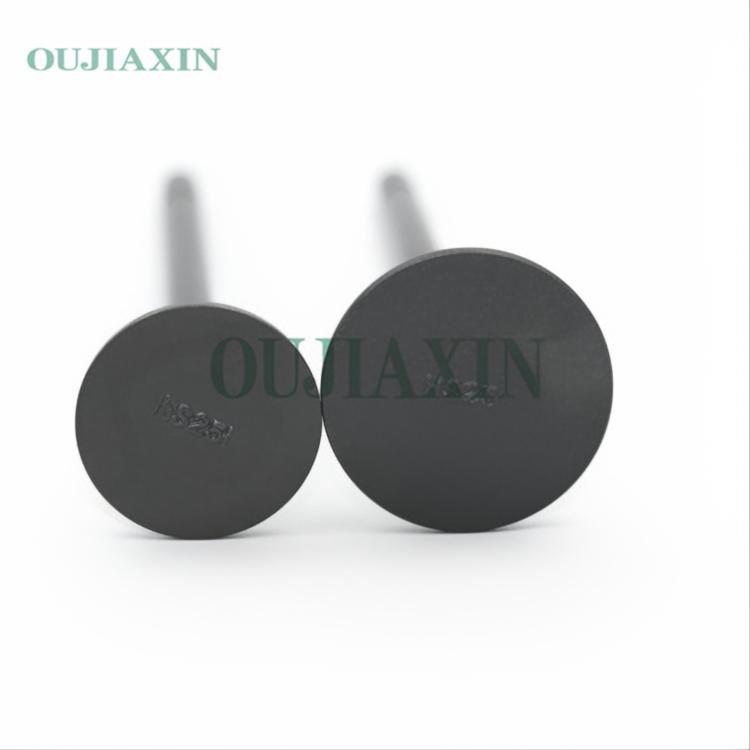The Connecting Rod Machining Process: Precision and Efficiency at Its Core
The connecting rod is one of the most critical components in an engine, responsible for transferring motion between the piston and the crankshaft. Its design and manufacturing require high precision to ensure optimal engine performance. The connecting rod machining process is a meticulous journey from raw material to finished part, with each step geared toward achieving the necessary strength, accuracy, and smoothness for engine reliability.

Step 1: Material Selection
The process begins with selecting high-quality materials, typically forged steel or aluminum alloys, that can withstand extreme mechanical stress. These materials must also provide the necessary fatigue resistance to endure repeated cycles of engine operation.
Step 2: Rough Machining
Once the raw material is ready, rough machining begins. This involves the use of large, powerful machines to remove the bulk of the excess material from the connecting rod. CNC (Computer Numerical Control) machines are often employed during this stage to guarantee precision in shaping the component. The rough machining ensures that the connecting rod is the correct size and shape before further refinement.
Step 3: Drilling and Boring
After the initial rough machining, the rod undergoes drilling and boring processes. Holes are drilled for the piston pin and the crankshaft journal. These holes need to be accurately positioned and sized to ensure the proper fit of the engine components. Precision during this step is vital to ensure smooth engine operation.
Step 4: Finish Machining
Next comes the finish machining phase, where finer details of the connecting rod are shaped. This includes the removal of any small imperfections and ensuring that all surfaces meet strict tolerance levels. The finish machining step can involve several processes like turning, grinding, and honing, each contributing to the final dimensional accuracy.
Step 5: Surface Treatment
To improve durability and resistance to wear, the connecting rod undergoes surface treatments such as shot peening, which enhances its fatigue strength. Additionally, coatings like nitriding or heat treatment may be applied to further extend the component’s lifespan.
Step 6: Quality Control and Inspection
Finally, a rigorous inspection is carried out to ensure that each connecting rod meets the required specifications. High-tech measuring instruments, such as coordinate measuring machines (CMM), are used to check for dimensional accuracy and surface finish.
Conclusion
The connecting rod machining process is a balance of innovation and precision engineering. Through each carefully controlled step, manufacturers can produce a component that ensures reliability and longevity, essential for the smooth operation of internal combustion engines.
Our company products mainly include: engine, cylinder head, cylinder block, crankshaft, piston, piston ring, intake valve, exhaust valve, timing kit, gasket set, connecting rod, crankshaft bearings, connecting rod bearings, intake camshafts, exhaust camshafts, water pumps, oil pumps Etc. focus on the aftermarket, our products are guaranteed for 100,000 kilometers.